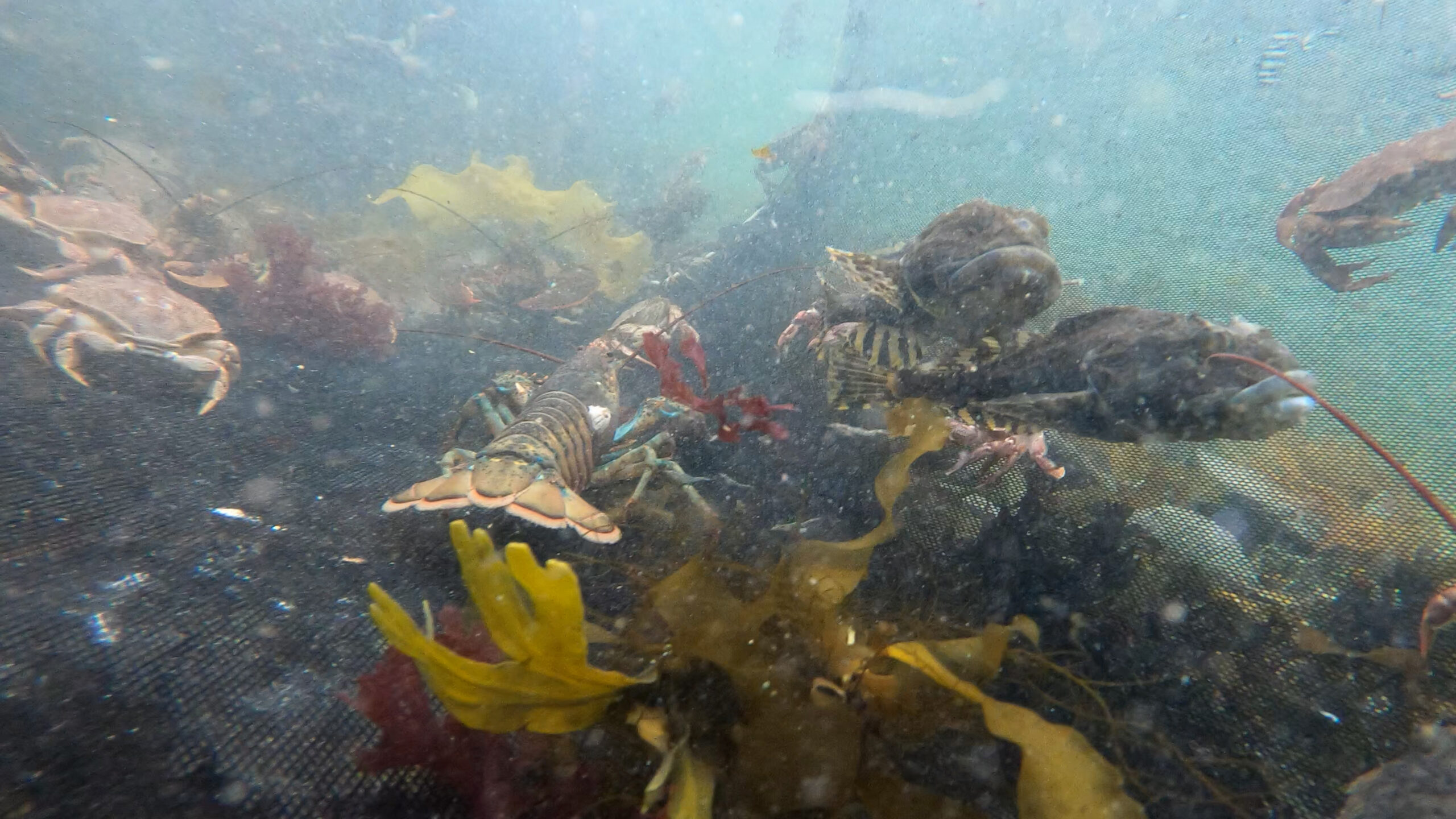
SIZE:
Up to 78 cm for 5 kg.
LIFE EXPECTANCY:
Up to 30 years.
LIFE CYCLE:
Late sexual maturity.
Spawning generally takes place between March and September. The transparent, spherical eggs float with the currents. Incubation takes approximately seven or eight days. The larvae can remain in the water column for up to a year. When the small fish reach a size of 40 to 50 mm, the eyes change location.
Witch flounder is a flatfish with a small head and mouth. Its body is oval, long and very compact; it has a straight lateral line. The side with the eyes is dark greyish brown, and its blind side is greyish-white. Its fins have dark edges. Mucus pores are visible on the side with no eyes.
On the bottom, depths between 45 and 400 m but can go down to 1600 m
The witch flounder favours cold water between 2 and 6 °C and sandy, clay and muddy bottoms.
PREYS:
Small crustaceans
Marine worms
Mollusc bivalves
PREDATORS:
Cod
Monkfish
Seals
MACHINES:
Seine, trawl.
REGULATIONS:
- Quotas
- Fishing season
- Minimum catch size of 30 cm
The witch flounder biomass declined in the 1990s. Quotas were lowered, and since the 2010s, the biomass has been showing signs of recovery. However, because of its low fecundity, slow growth and late maturation, witch flounder remains vulnerable.
Good news! Witch flounder is less susceptible to being preyed upon by grey seals because it lives at greater depths than other types of flounder.
Careful monitoring remains necessary to ensure its conservation.
Witch flounder is a Smarter seafood-listed species.
BENEFITS:
Low in fat and rich in vitamin B12 and selenium.
LET’S COOK:
Delicate, flaky texture. Witch flounder produces fine, long fillets, and its delicate white flesh is highly appreciated. All cooking methods are suitable.
OUR CULINARY ADVICE:
- The witch flounder’s flavour can be a little bland. It is best to season the fish generously.
- Delicious when pan-fried or breaded, cooked in butter and served with a squeeze of lemon.
Change of identity
Fish rebranding involves the renaming of species to make them more appealing for consumers. For example, in England, witch flounder, normally known as witch, is sometimes called “Torbay sole” to make it more familiar and similar to common sole (Solea solea), also known as Dover sole. This process is designed to encourage the purchase of lesser-known fish.






